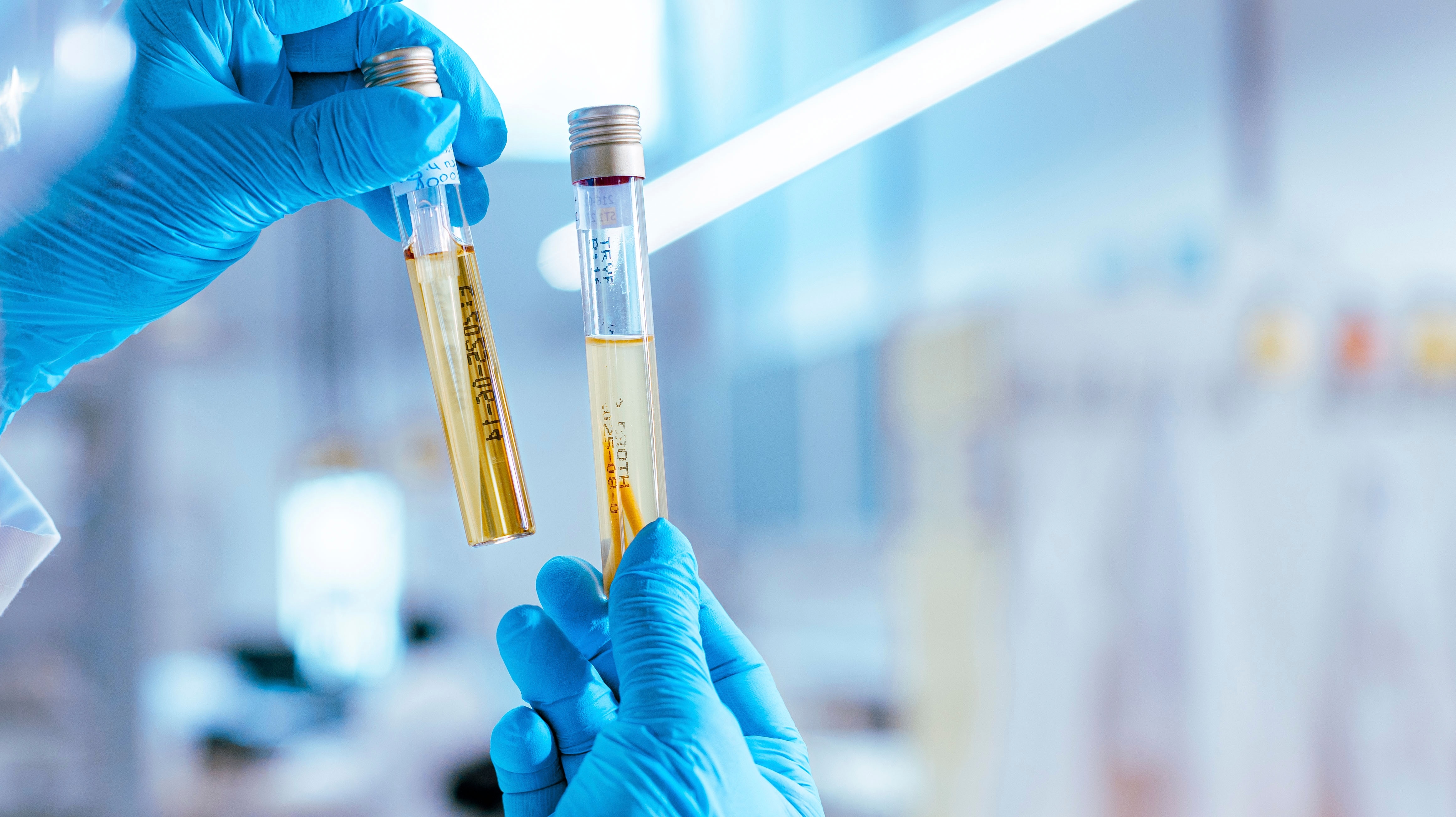Shaping the future
Research into the further development of radioactive markers
Over many years of using our in-house radionuclide method, we have been able to gather experience and numerous data that serve as the basis for the continuous further development of this method. As part of a research project, the main question being investigated is how the carrier material for the technetium can be optimized in order to better identify problem areas during cleaning.
Development of test soiling and methods
Since 2007, SMP has been involved with other well-known German laboratories in research projects and round robin tests for the standardization of test soils. The background is that there is currently no standardized test soiling for evaluating the performance of detergents. With the aim of standardizing the testing and measurability of the cleaning and disinfection performance of detergents for the reprocessing of medical devices, comparative tests were carried out by experienced laboratories. A system for characterizing the detachment kinetics and practical quantification of the cleaning performance was developed.
Development
In addition to the development and further improvement of our dental test specimens, we also offer our customers support in the development of specific solutions. Our team of engineers, physicists, biologists and chemists develops its own solutions or optimize customer specifications on request.
Standardized biofilms
Under the right environmental conditions, microorganisms can also colonize and subsequently multiply on and in medical instruments. In the process, they excrete slimy exopolysaccharides (EPS) and thus form a biofilm. Although physical methods are effective for removing biofilms, they are difficult to implement in practice, which is why chemical methods are usually used. In order to test chemical processes, SMP cultivates reproducible biofilms with Pseudomonas aeruginosa in Teflon tubes. Cleaning agents and disinfectants can be tested for their microbiological effectiveness on the hose models. The microbiological, quantitative evaluation of the effect of the chemicals to be tested is carried out by determining the reduction in the number of viable bacterial cells by means of plating. In addition, the removal of the biofilm is examined by staining. The dye bound to the biofilm is then eluted. The remaining biomass is evaluated in the photometer by quantifying the amount of dye in the eluate.
